Member Directory,
1847 - 1922
Robert W. de Forest
Lawyer/Civic Affairs
Centurion, 1878–1931
John T. Johnston and Sanford R. Gifford
New York (Manhattan), New York
New York (Manhattan), New York
Age twenty-nine
Laurel Hollow, New York
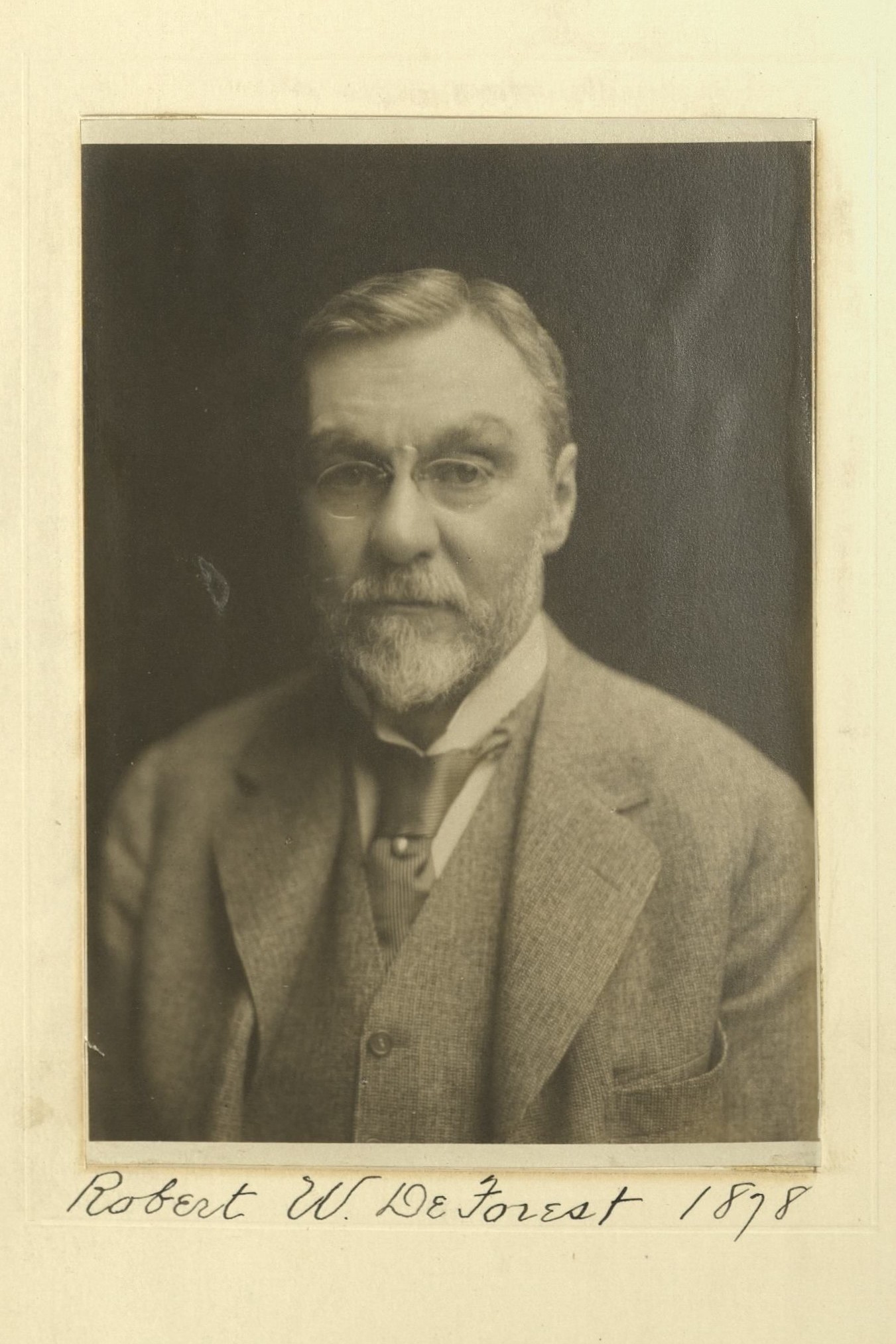
Archivist’s Notes
Son of H. G. De Forest; brother of Henry W. de Forest and Lockwood de Forest; cousin of George B. de Forest, James Couper Lord, Daniel D. Lord, George de Forest Lord, and L. DeF. Woodruff; father of Alfred V. de Forest; uncle of Johnston de Forest
Century Memorial
It has been remarked of Robert Weeks de Forest that he had earned the distinction of First Citizen of New York. There is no way of conferring such a title and, if there were, our exceedingly cosmopolitan New York could hardly be depended on to make the choice. The citizenship would probably base its choice on the frequency with which the candidate’s name appeared on the first page of the newspapers; it might today award the title to our hard-working and self-effacing mayor. De Forest was unknown to the first-page head-lines, but it is certain that no New Yorker of our time has performed so notable a part in so many enterprises founded for the city’s welfare. The mere list of organizations in which he was the leading figure is impressive. A citizen who, in his eighty-three years of life [sic: eighty-one], had been a founder and during forty years president of the Charity Organization Society, trustee of the Metropolitan Museum for half a century and its president since Pierpont Morgan’s death, president of the Municipal Art Commission, of the American Federation of Arts, of the Adirondack Mountain Reserve and of the Russell Sage Foundation (of which the original plan was his), vice-president of the State Charities Aid, the American Red Cross and the Presbyterian Hospital, and Tenement House commissioner, had surely lived out an amazingly full life in the people’s service.
Our community is familiar, as other great cities are, with citizens who lend their names, along with their occasional attendance and advice, to undertakings like these. But to de Forest such associations always meant the placing of his time and thought unreservedly at the service of the work. In an exceptionally long list of organizations for the public welfare, the formulating of policies rested on him officially and personally, but in others he gave equally active and loyal service from the ranks. Considered from the viewpoint of physical capacity alone, this career was wholly out of the ordinary. It was not less so, certainly, when these were not the avocations of a retired man of affairs, but responsibilities accepted by a director in half a dozen business corporations, a lawyer in active practice during sixty years; most of which period found him personally engaged, as counsel and vice-president of an important railway, in conducting the company’s litigation.
Men of such exceptional executive capacity will usually exhibit, especially in their later years, a peremptory and arbitrary disposition. But de Forest’s colleagues testify quite unanimously to his personal tolerance and loyalty, his readiness to consider opposition, his willingness to be overruled in a preconceived opinion if reason for the change were shown. He was, so one of them recalls, not only an unusually efficient presiding officer and not only most adept in his conferences with the City administration, but “a delightful man to work with; sympathetic, intelligent and deeply interested in all matters which were discussed with him.” Another stuns up his executive qualities as “courage, constructive vision, tolerance, sagacity, steadfastness.” “Easily approachable” was the published description of his personality by his professional associates; “modest and unassuming, but tenacious of his objective; suaviter in modo, fortiter in re.” The picture is ingratiating and unusual.
Alexander Dana Noyes
1932 Century Association Yearbook
Related Members
Member Directory Home-
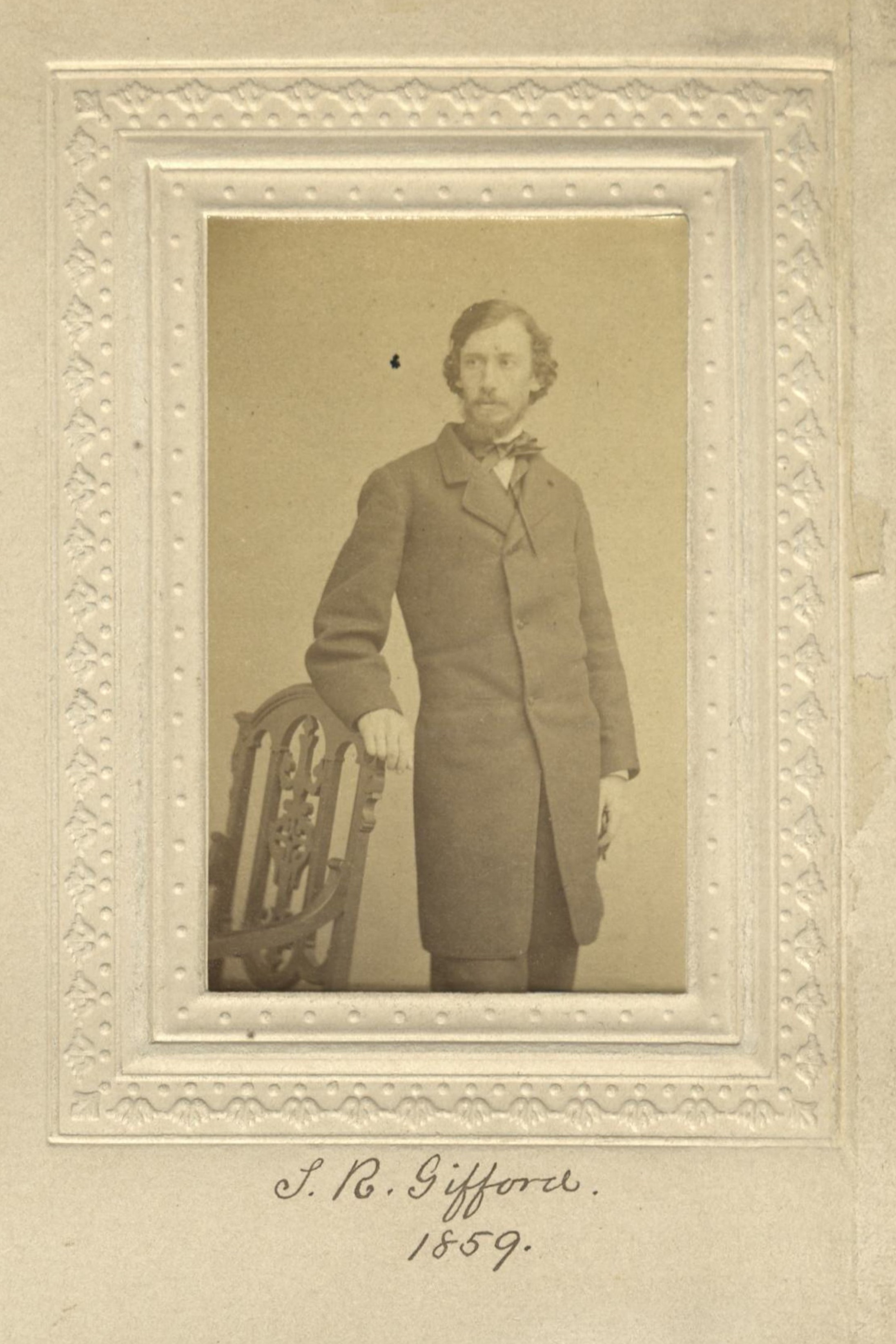 Sanford R. GiffordArtistCenturion, 1859–1880
Sanford R. GiffordArtistCenturion, 1859–1880 -
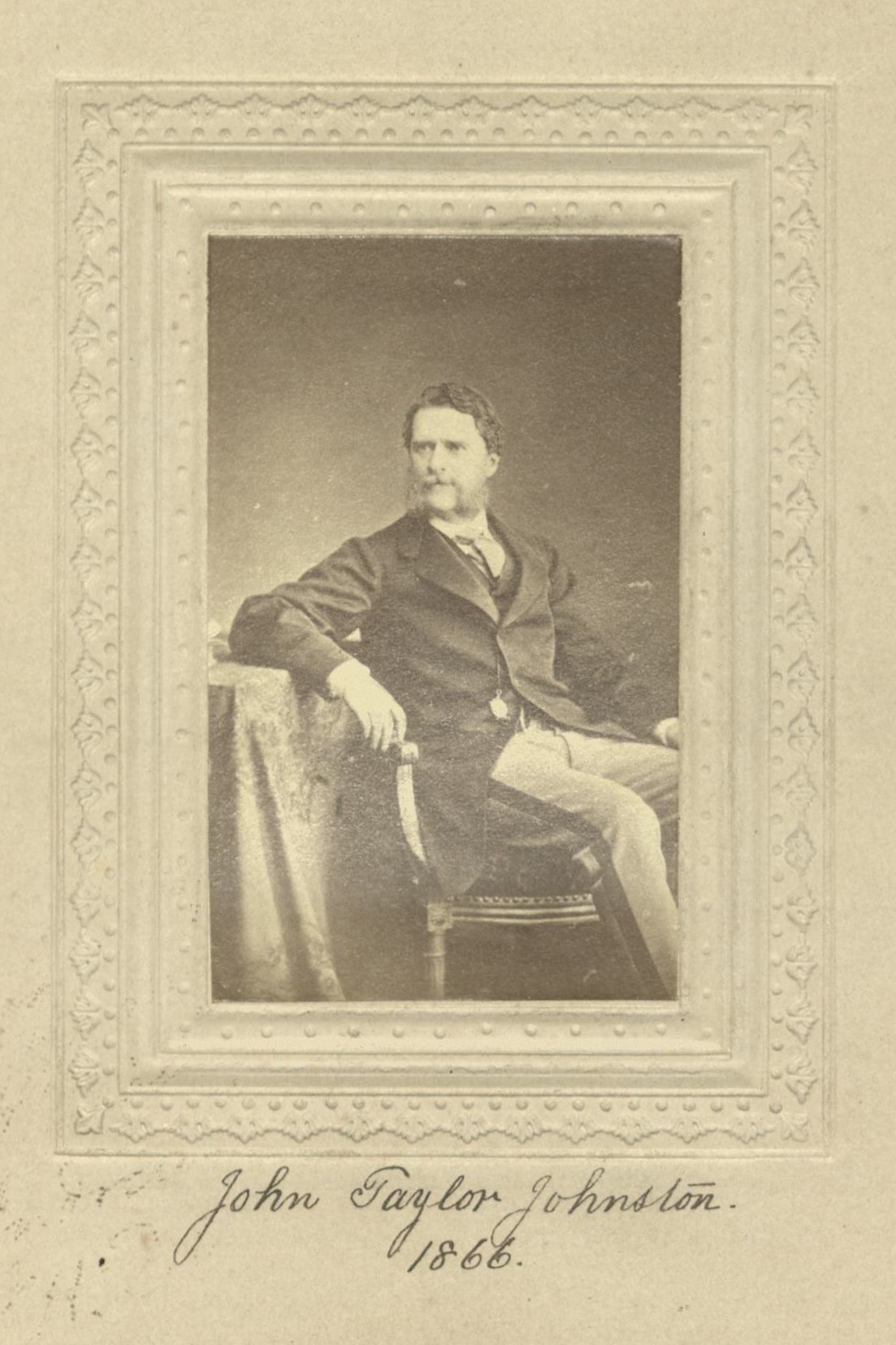 John T. JohnstonLawyer/Railroad OfficerCenturion, 1866–1893
John T. JohnstonLawyer/Railroad OfficerCenturion, 1866–1893 -
 Stanley Belden LothropDirector, L. C. Tiffany FoundationCenturion, 1921–1943
Stanley Belden LothropDirector, L. C. Tiffany FoundationCenturion, 1921–1943 -
 Walter OakmanPresident of RailroadCenturion, 1893–1920
Walter OakmanPresident of RailroadCenturion, 1893–1920 -
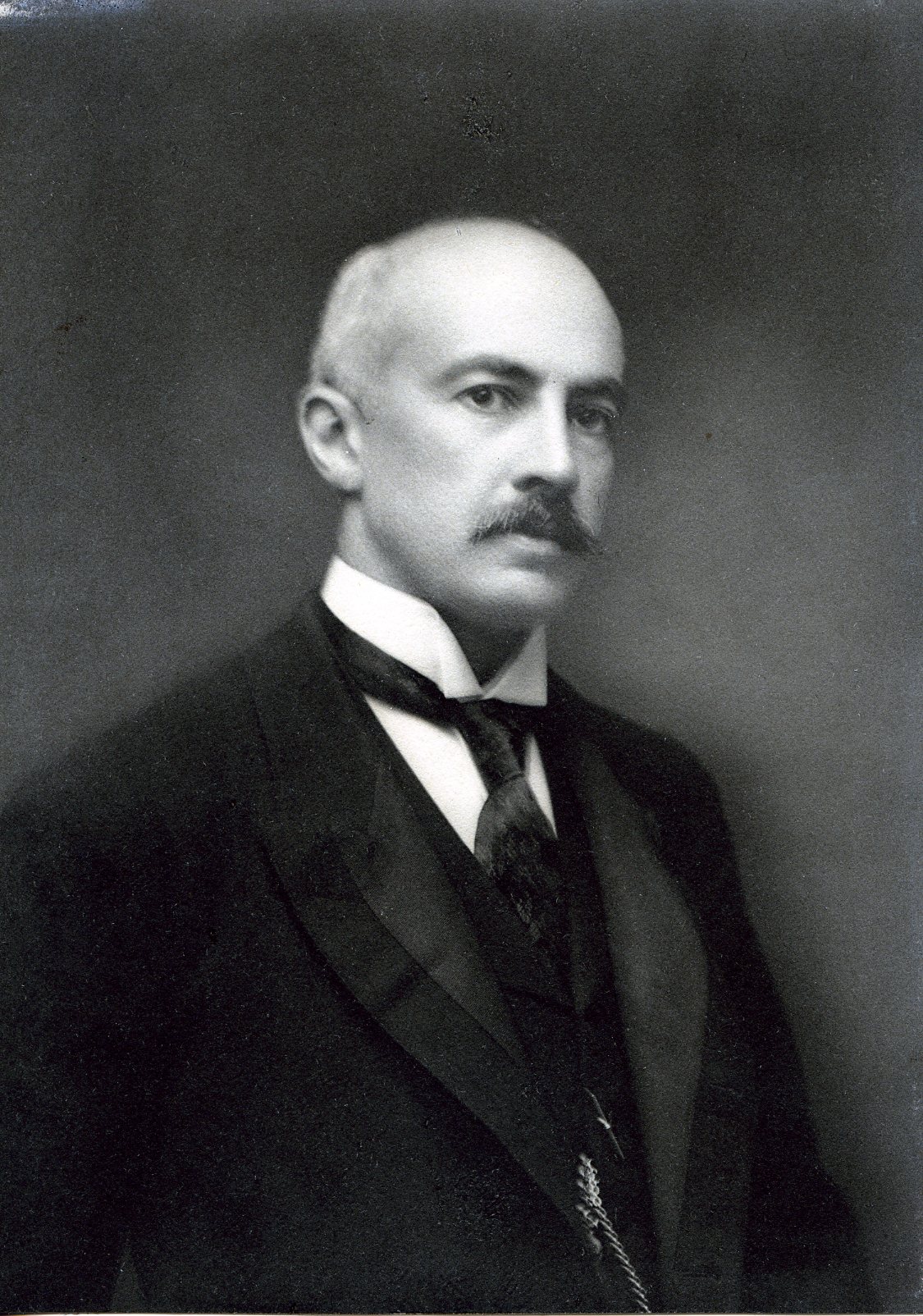 Charles Wolcott ParkerSupreme Court Justice, New JerseyCenturion, 1911–1922
Charles Wolcott ParkerSupreme Court Justice, New JerseyCenturion, 1911–1922 -
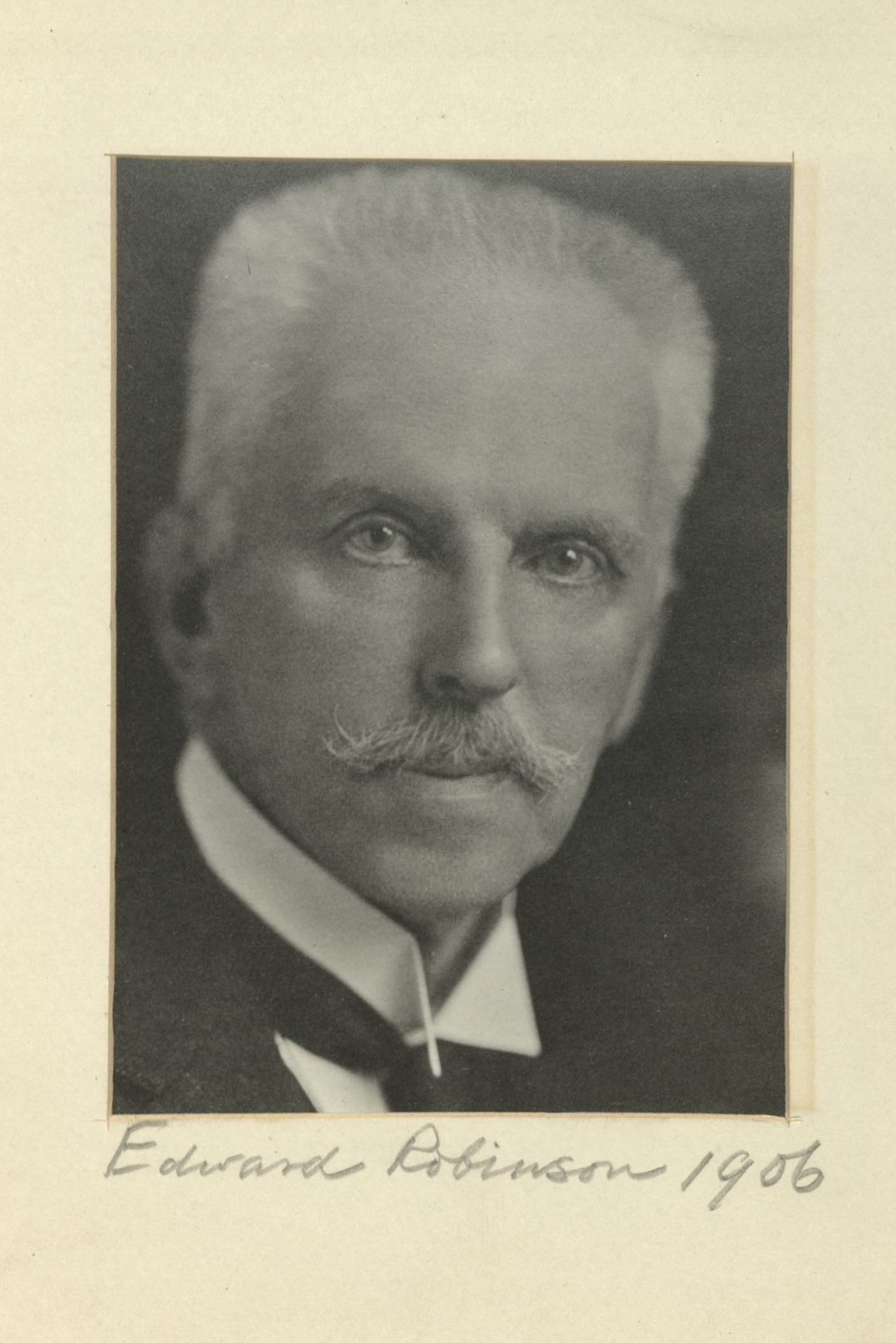 Edward RobinsonAssistant Director, Metropolitan Museum of ArtCenturion, 1906–1931
Edward RobinsonAssistant Director, Metropolitan Museum of ArtCenturion, 1906–1931 -
 Ansley WilcoxLawyerCenturion, 1921–1930
Ansley WilcoxLawyerCenturion, 1921–1930 -
 David WillcoxLawyerCenturion, 1898–1907
David WillcoxLawyerCenturion, 1898–1907




